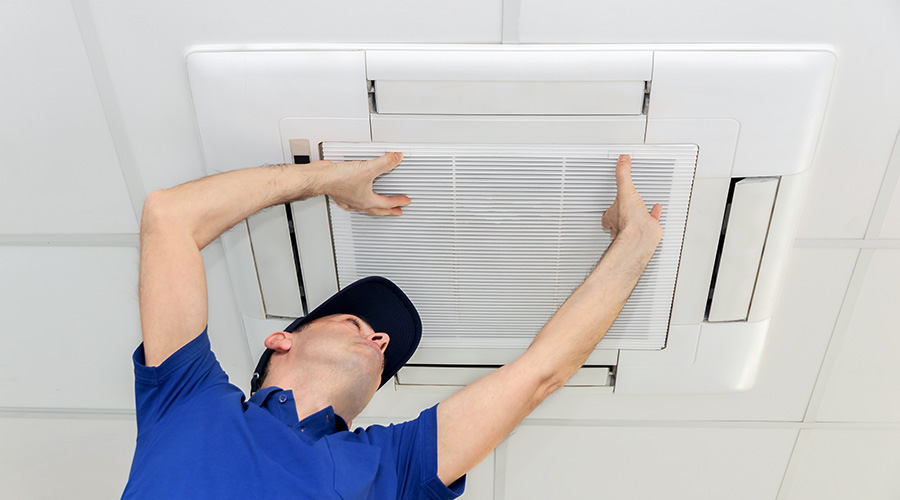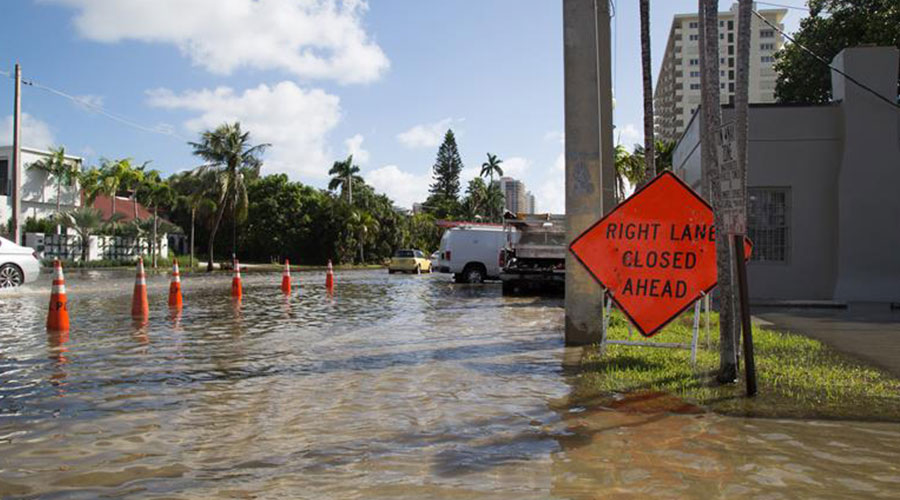Employing All Available Evacuation Options Leads to Safer High-Rises
By Naomi Millán, Senior Editor
OTHER PARTS OF THIS ARTICLEPt. 1: This Page
The building safety community has spent the years following the attacks on the World Trade Center trying to figure out ways to make high-rises safer. One strategy that had previously been verboten but has since gained approval from code bodies is the use of occupant evacuation elevators. By using elevators, occupants in World Trade Center Tower 2 were able to evacuate twice as quickly as occupants in Tower 1.
Of course, elevators are not the only means of egress but interplay with other systems such as evacuation stairs and sky bridges. A recently released Fire Protection Foundation study sought to better understand the relationships between different modes of evacuation in a high rise. The aim was to evaluate if certain evacuation strategies had a greater chance of fostering safer high-rises in terms of getting people out faster in a full-building emergency evacuation.
The study used a building model consisting of two twin towers attached by two sky bridges. Each tower had 50 floors, with 46 designated for office use occupancy. Depending on the evacuation strategy being evaluated, the model building had either two or three stairs and 24 elevators, divided into three banks, either serving the low-rise, mid-rise or high-rise zone of the building. Full occupancy was modeled at 182 people per floor, for a total of 8,372 occupants in one tower, with 5 percent of the population modeled with mobility impairments (which was only related to their rate of egress.)
Evacuation strategies were applied to the full evacuation of one of the towers, following seven possible scenarios:
1. two stairs
2. three stairs
3. two stairs and occupant evacuation elevators (OEEs)
4. only OEEs
5. two stairs plus OEEs plus two service elevators used as shuttles between sky bridge floors (18 and 33) and the ground
6. two stairs plus low-rise and high-rise OEEs with the mid-rise elevators serving as shuttles to the sky bridge floors
7. two stairs, OEEs, plus use of sky bridges to enter the adjoining tower.
Of these, the fourth and seventh strategies were found to have the lowest evacuation times. In addition, using just OEEs was faster than both strategies using just stairs or a combination of stairs and elevators. "This confirms that an increased number of elevator users would significantly decrease the time to evacuate high-rise buildings," the study says. Admittedly, the fastest evacuation strategies are currently largely hypothetical and don't reflect common practice in the field.
To note, strategies two and three — three stairs or two stairs plus OEEs — had comparable evacuation times. This information might come into play in future building designs, as International Building Code requires a third stair for buildings over 128 meters if not equipped with OEEs. Eliminating the third stair is attractive to building owners, who would gain additional leasable square footage.
"An engineer and their designers could look to this study to show building enforcers qualitatively how much of a difference it could make by using occupant evacuation elevators, as long as they were designed per the code and standards, and how it could help in a total evacuation situation," says Amanda Kimball, research project manager with the Fire Protection Research Foundation.
One caveat in the effectiveness of using OEEs to speed high-rise evacuation times is appropriate occupant education and elevator lobby signage and communication. "If no appropriate information is provided to the occupants, a significant number of evacuees would in fact re-direct their movement to the use of stairs even if their initial target is an elevator," the study says.
Previous studies have found that without additional guidance, the maximum time people are willing to wait for an elevator is 10 minutes. In addition, because of years of training to only use stairs in an emergency, without proper education a significant portion of the building's population would immediately head for the stairs, limiting OEE effectiveness.
Related Topics:











